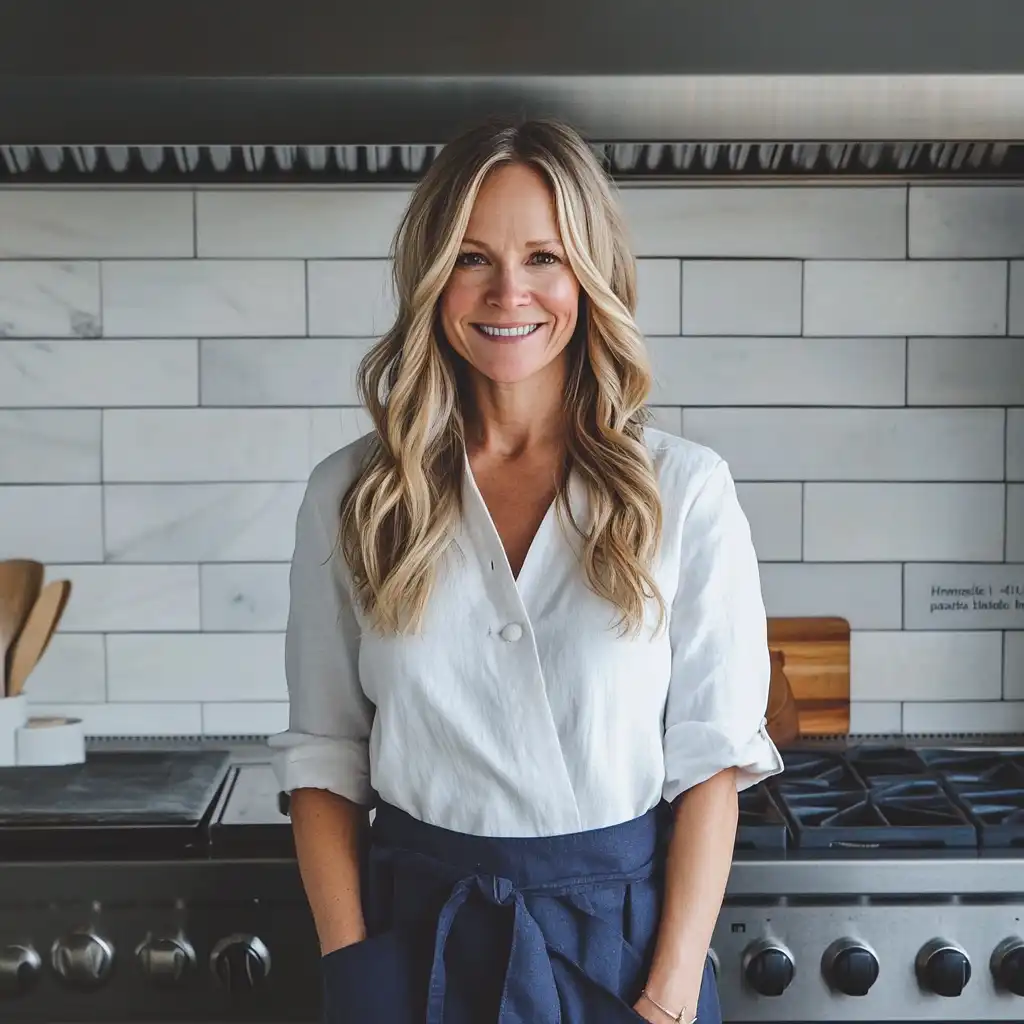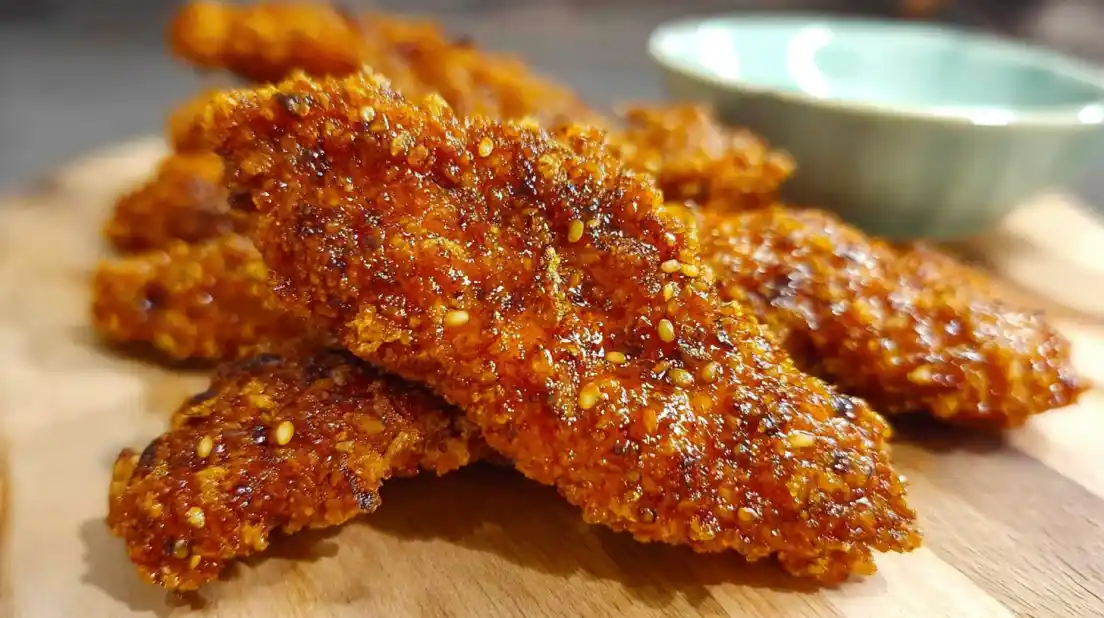Introduction
When cooking or baking at home, you’ve probably come across recipes that use different measurement units some in milliliters (ml), others in ounces (oz). If you’ve ever wondered “How do I convert ml to oz?”, you’re not alone.
Understanding how to convert ml to oz is essential for anyone who loves following recipes accurately, especially when working with international cookbooks or online recipes.
In this guide, you’ll learn exactly how to convert milliliters to fluid ounces, why it matters, and some handy tips to make your cooking even smoother.
Whether you’re baking a cake, mixing a cocktail, or preparing a hearty soup, getting the right measurements is key to a successful dish. Many recipes especially American ones use ounces, while European or international recipes often list liquid ingredients in milliliters.
Here’s why knowing how to convert ml to oz matters:
- Ensures accuracy: Too much or too little liquid can completely change the texture or flavor of your dish.
- Saves time: No more guessing or googling conversions every time you cook.
- Gives you confidence: You can tackle recipes from anywhere in the world without stress.
Mastering this simple conversion helps you cook with confidence and avoid common kitchen mishaps.
Why Converting ml to oz Matters in Cooking
Whether you’re baking a cake or whipping up a No Bake Turtle Cheesecake, getting the right measurements is key. Too much or too little liquid can completely change your dish.
These tips work for desserts, like our Birthday Cookie Cinnamon Rolls, or savory dinners like Chicken
Common ml to oz Conversion Table
Here’s a quick reference table to help you convert milliliters (ml) to US fluid ounces (oz) when measuring liquids in your kitchen:
| Milliliters (ml) | Ounces (oz) |
|---|---|
| 30 ml | 1 oz |
| 60 ml | 2 oz |
| 120 ml | 4 oz |
| 240 ml | 8 oz (1 cup) |
| 500 ml | ~16.9 oz |
| 1000 ml (1 liter) | ~33.8 oz |
Quick tip: 1 ml = 0.034 ounces.
So, to convert ml to oz, simply multiply the milliliters by 0.034.
For example:
200 ml × 0.034 = 6.8 oz
If you’re into baking, check out our Sourdough Discard Cinnamon Rolls where precision truly pays off!
Practical Kitchen Tips When Measuring Liquids
Cooking isn’t just about measurements it’s about smart habits! Whether you’re preparing a sweet treat like Peanut Chicken Zucchini Noodles or a refreshing Watermelon Feta Salad, accurate measuring makes your dishes shine.
✅ Use a clear liquid measuring cup.
✅ Measure at eye level for accuracy.
✅ Work with room-temperature liquids.
✅ Keep a conversion chart handy for quick reference.
FAQs
Is 30 mL the same as 1 oz?
Yes, approximately. 30 mL is equal to about 1 US fluid ounce. This is a common benchmark when converting ml to oz, especially for small liquid measurements.
Is 100 mL 8 oz?
No. 100 mL equals about 3.4 oz, not 8 oz. For reference, 240 mL is closer to 8 oz (or 1 cup) when converting ml to oz.
Is 24 oz 500 mL?
Not exactly. 500 mL equals approximately 16.9 oz, so 24 oz is more than 500 mL. When converting ml to oz, keep in mind that 1 liter (1000 mL) is about 33.8 oz.
Is 750 mL the same as 16 oz?
No. 750 mL equals about 25.4 oz, which is more than 16 oz. This is a common size for a wine bottle, and knowing how to convert ml to oz helps you understand portions better.
Is 200 mL 8 oz?
Not quite. 200 mL equals around 6.8 oz, so it’s slightly less than 8 oz. Remember, 240 mL equals roughly 8 oz.
Is 12 oz 100 mL?
No. 12 oz equals about 355 mL, which is much more than 100 mL. When converting ml to oz, 100 mL is only about 3.4 oz.
Mastering ml to oz in Your Kitchen
Now you know exactly how to convert ml to oz, along with handy tips and a conversion chart to make your kitchen experience smoother.
Want to practice your skills? Try making our Chicken Shawarma Sheet Pan Dinner or Tuscan Farmers Breakfast tonight perfect recipes to test your measurements!
Bookmark this page for future reference, and don’t forget to check out more of our kitchen tips and conversions to become a more confident cook.










Leave a Reply